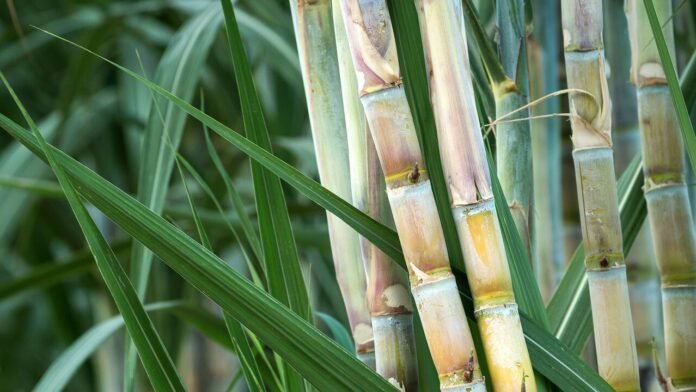As one of the two world’s biggest sugar producers India also produces a lot of sugarcane waste. The country uses this waste for energy generation. Over the years the sector has grown significantly.
India and Brazil rank as the world’s top two sugar producers every year. Which country is first and which is second can vary from year to year though. Brazil, however, remains the largest sugarcane producer, followed by India. During the 2022-23 sugar season (that ends on 30 September 2023), the industry in India pegs the year’s output at 36 million tons.
Sugarcane farming in India dates back several centuries. Indian sugarcane workers were sent to other British colonies in Africa and Asia and often stayed on in those countries for generations to come. For example, from 1879 to 1916, 60,000 Indian workers were shipped from India to Fiji to supply labour to the latter’s nascent sugar industry. The system of indenture bonded the workers for a minimum of five years to their employer, the Colonial Sugar Refining Company of Australia (CSR).
To fast-track to the 20th century, during 1931-32, the colonial government in India imposed an ad valorem import duty of 185% on sugar imports from Java, which led to a substantial increase in the number of sugar factories in the country – from 29 to 137 between 1931-32 and 1936-37, and later to around 140 factories in 1946-47 (Independence). According to Indian Sugar Mills Association (ISMA), as on 15 March 2023, 530 mills had started their seasonal operations within the sugarcane-intensive states of Uttar Pradesh, Maharashtra, Karnataka, Gujarat, Tamil Nadu, Punjab, Haryana, Andhra Pradesh, and Telangana.
Most of the sugar factories are situated in rural areas, so socio-development activities are encouraged to uplift standards of living in those areas – of the labourers, cane cutters, farmers and lorry drivers, and the mill staff, with the plant management providing health, education, and other social services.





